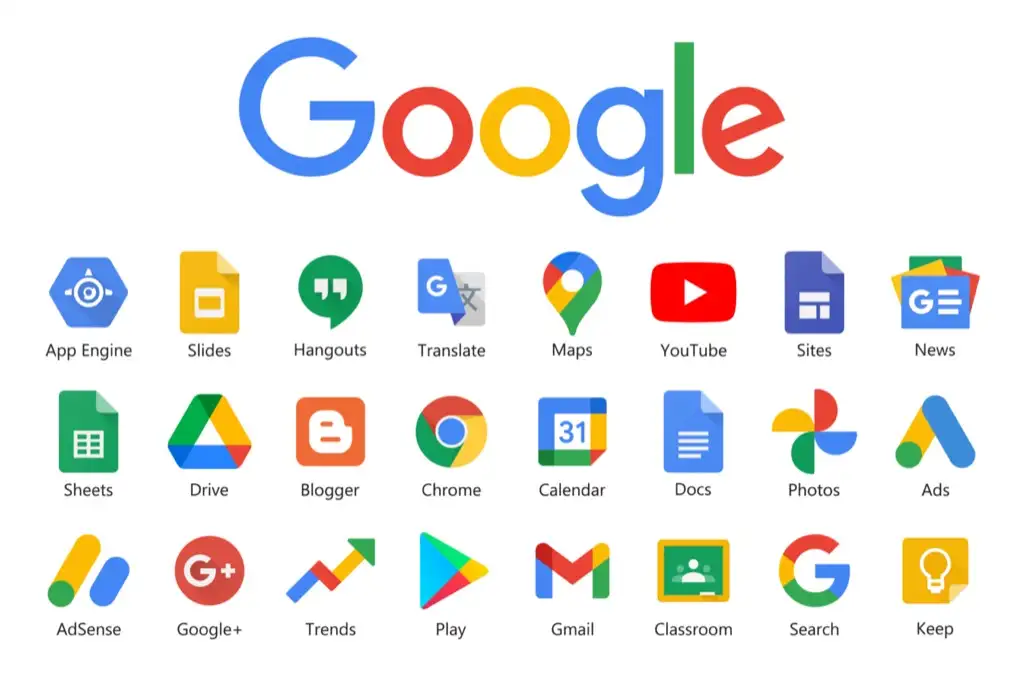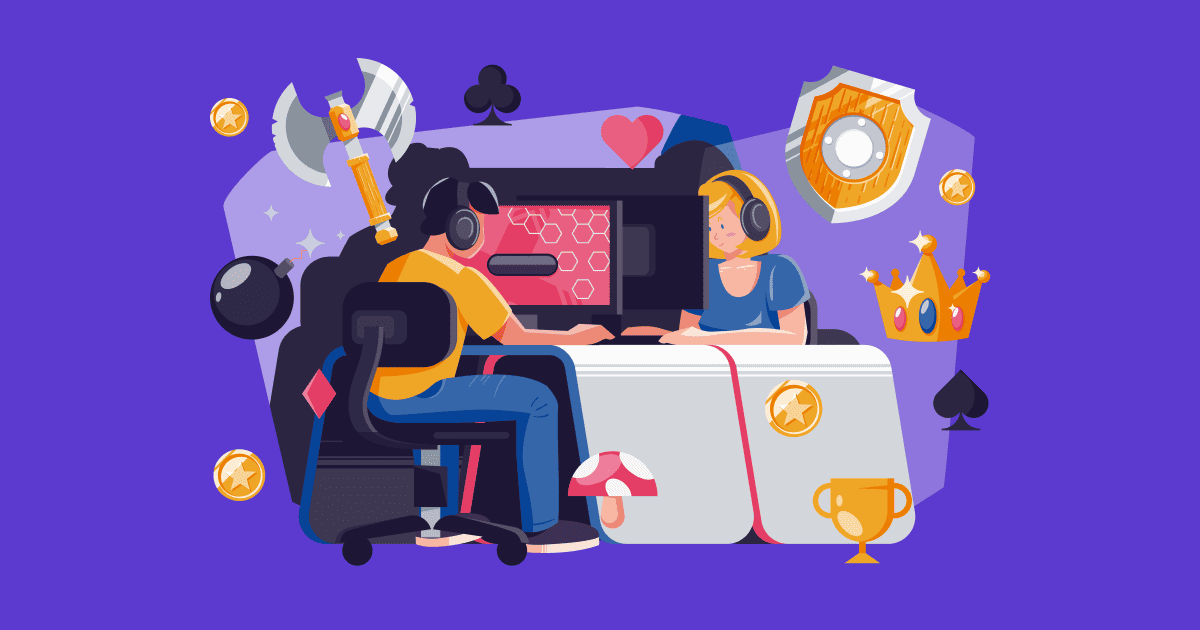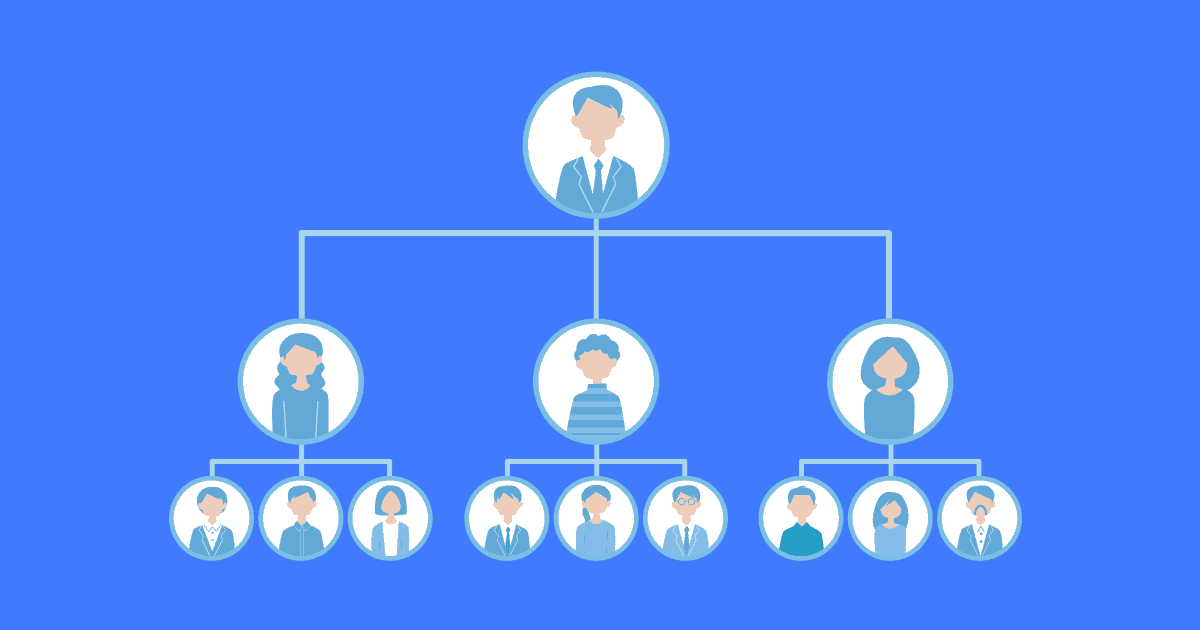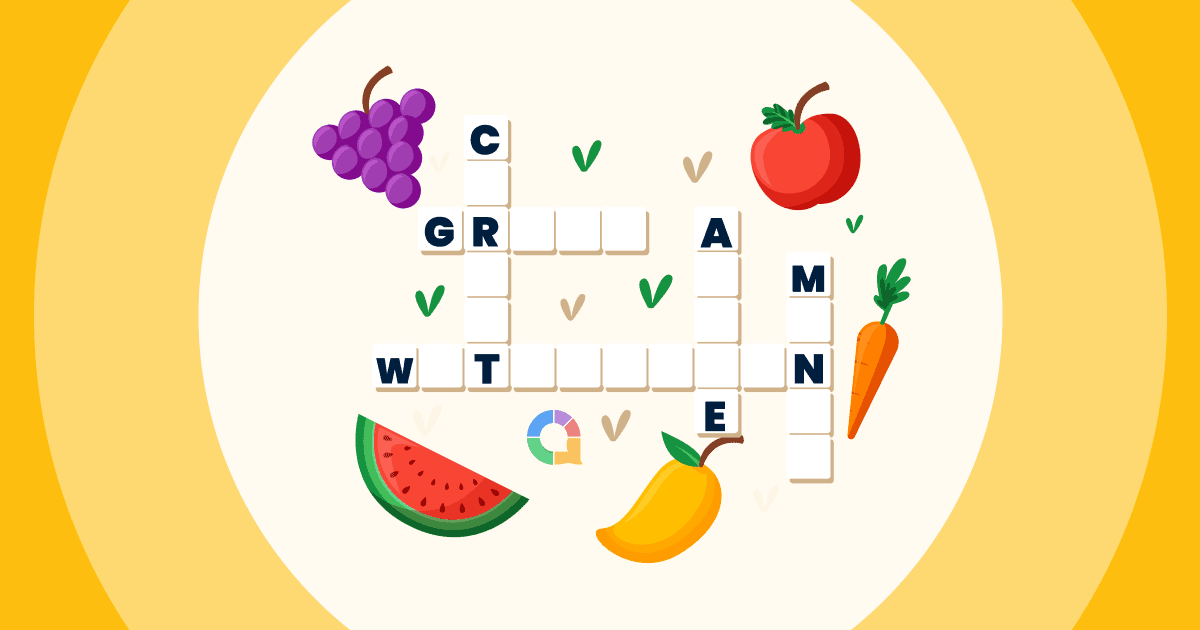학교 기억하시죠? 피곤한 학생들이 칠판 앞에 줄지어 서서 선생님이 "이거 좀 봐."라고 하시는 곳이죠. 말괄량이 길들이기.
음, 모든 학생들이 셰익스피어를 좋아하는 건 아닙니다. 사실, 솔직히 말해서, 대부분의 학생들은 선생님이 가르치는 내용 대부분을 좋아하지 않습니다.
교실에서 참여도를 높일 수 있지만 관심을 강요할 수는 없다.
슬픈 사실은 현재의 학습 환경에서 많은 학생들이 학교 커리큘럼에서 자신의 열정을 찾지 못할 것이라는 것입니다.
하지만 그들에게 무엇을 가르칠 수 있다면 어떨까요? 그들 배우고 싶어?
학생들의 열정을 찾아내고, 그 열정을 뛰어넘는 데 필요한 기술을 개발하도록 도울 수 있다면 어떨까요?
그것이 바로 아이디어입니다 개별 학습.
개별 학습이란 무엇입니까?

이름에서 알 수 있듯이 개별 학습(또는 '개별 교육')은 다음과 같은 내용입니다. 개인.
이는 학급이나 학생 그룹, 또는 당신에 관한 것이 아닙니다. 이는 각 학생을 집단의 일원이 아닌 개인으로 여기고, 그들이 원하는 학습 방식으로 학습하도록 보장하는 것입니다.
개별화 학습은 혁신적인 교수법 각 학생은 자신을 위해 특별히 설계된 커리큘럼을 통해 진행합니다. 수업 내내 그들은 동료 급우들과 함께 앉아 있지만 대부분은 혼자 작업하여 그날의 작업을 완료합니다.
각 수업에서 학생들은 다양한 과제와 개인 맞춤형 커리큘럼을 거치게 되며, 교사는 직접 가르치는 것이 아니라, 필요할 때 각 학생에게 맞춤형 지도를 제공합니다.
개별화 학습은 교실에서 어떻게 보입니까?
개별 학습이 실제로 이루어지는 모습을 아직 보지 못했다면, 아마 엄청난 혼란이라고 생각할 것입니다.
선생님들이 교실을 돌아다니며 30명의 학생에게 30가지 주제를 가르치고, 학생들이 장난치는 동안 선생님들은 바쁘게 움직이는 모습을 상상하고 계실지도 모릅니다.
그러나 현실은 개별화된 학습이 종종 다른. 획일적인 형식은 없습니다.
미국의 Quitman Street School에서 이 예를 들어 보십시오. 노트북의 개별 작업.

지구 반대편에 있는 호주의 Templestowe College는 학생들이 자신의 과정을 만들.
그 결과 7학년 소년은 12학년 물리학에서 뛰어났고, 몇몇 학생은 농장 관리를 맡았고, 학생이 운영하는 커피 클럽과 자칭 테슬라 코일을 만드는 한 학생이 있었습니다. 괴짜 연구 수업. (교장의 매혹적인 TedTalk 전체 프로그램에서).
따라서 당신이 강조하는 한 개인, 그 개인은 개별화된 학습의 혜택을 받고 있습니다.
개별 학습 교실을 위한 4단계
개별 학습 프로그램의 모습이 모두 다르기 때문에 한 교실에서 구현하는 방법입니다.
여기에 있는 단계는 여러 개별 학습 경험(이 방법에서 작업의 80%)을 계획하는 방법과 교실에서 모든 것을 관리하는 방법에 대한 일반적인 조언입니다.
#1 – 학습자 프로필 만들기
학습자 프로필은 학생의 개인화된 커리큘럼의 기초입니다.
기본적으로 학생들의 희망과 꿈, 그리고 더 구체적인 내용을 담은 모음입니다.
- 취미 및 관심사
- 강점과 약점
- 선호하는 학습 방법
- 주제에 대한 사전 지식
- 학습에 대한 차단기
- 새로운 정보를 흡수하고 유지할 수 있는 속도.
당신은 이것을 통해 얻을 수 있습니다 직접적인 대화 학생과 함께, 측량 또는 test. 좀 더 재미와 창의성을 장려하고 싶다면 학생들이 자신만의 것을 만들도록 할 수도 있습니다. 프리젠 테이션, 또는 그들 자신의 영화 이 정보를 학급 전체에 공유합니다.
#2 – 개인 목표 설정
이러한 정보를 얻은 후, 여러분과 학생은 목표를 설정하는 데 착수할 수 있습니다.
두 분은 과정 전반에 걸쳐 학생들의 목표 달성 진행 상황을 정기적으로 확인하게 되며, 최종적으로 진행 상황을 확인하는 방법은 학생이 결정합니다.
학생이 목표를 설정하는 데 도움이 되도록 제안할 수 있는 몇 가지 프레임워크가 있습니다.
정기적으로 계속 평가하고 최종 목표를 향한 진행 상황에 대해 학생에게 공개하십시오.
#3 – 각 수업에 대한 자체 실행 활동 만들기
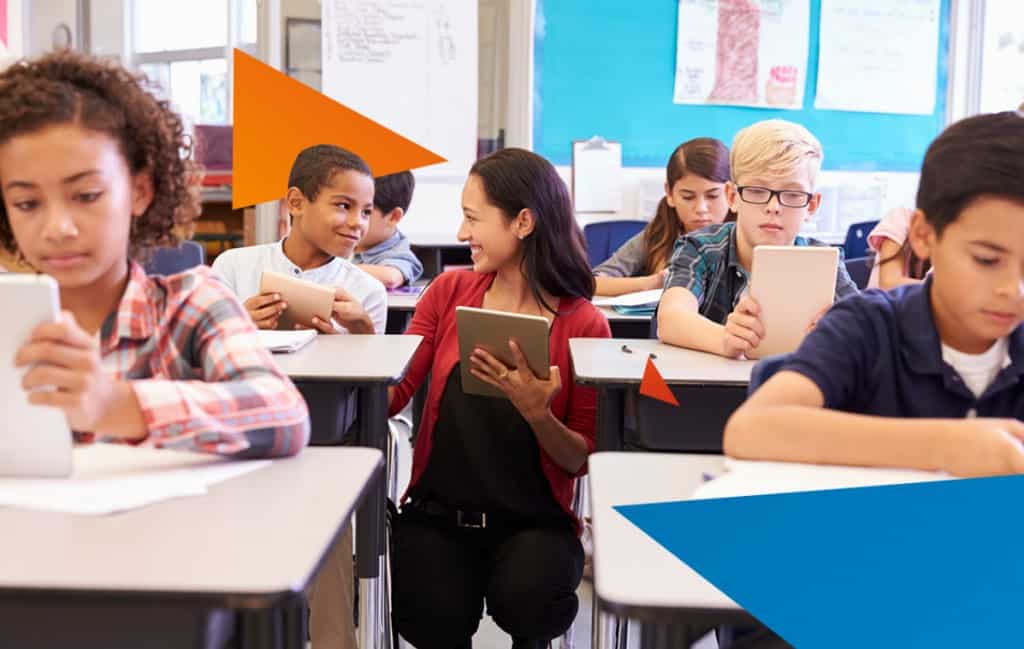
개별 학습 수업을 계획할 때는 실제로 각 학생이 혼자서도 충분히 관리할 수 있을 만큼 쉬운 수업을 여러 개 계획하는 것입니다.
이것은 개별 학습 방법에서 가장 노동 집약적인 부분이며, 매 수업마다 반복해야 할 것입니다.
다음은 시간을 절약할 수 있는 몇 가지 팁입니다.
- 반에서 몇몇 학생이 할 수 있는 활동 찾기 동시에모든 개별 학습 계획이 100% 고유한 것은 아니라는 점을 기억하세요. 여러 학생 사이에서 무엇을, 어떻게 학습할지에 대한 의견이 항상 엇갈릴 수 있습니다.
- 만들기 재생 목록 특정 학습 요구에 맞는 활동들이 있습니다. 플레이리스트의 각 활동은 완료 시 일정 점수를 받습니다. 학생들은 수업이 끝나기 전에 지정된 플레이리스트를 진행하여 정해진 총점을 획득해야 합니다. 이 플레이리스트들은 다른 수업에서 재사용하거나 재구성할 수 있습니다.
- 에 집중하여 시작할 수 있습니다. 하나의 개별 학습 활동 수업당 각 학생에게 제공하고 나머지 수업 시간은 전통적인 방식으로 가르칩니다. 이렇게 하면 최소한의 노력으로 학생들이 개별 학습에 어떻게 반응하는지 테스트할 수 있습니다.
- 마무리 그룹 활동, 같은 팀 퀴즈이를 통해 학급 전체가 함께 모여 즐거운 시간을 보내고 방금 배운 내용을 빠르게 평가할 수 있습니다.
#4 – 진행 상황 확인
개별화된 수업을 시작하는 초기 단계에서는 가능한 한 자주 학생의 진도를 확인해야 합니다.
수업이 순조롭게 진행되고 학생들이 실제로 새로운 방법에서 가치를 찾고 있는지 확인하고 싶을 것입니다.
이 방법의 일부는 학생들이 평가 방법을 선택할 수 있도록 허용하는 것임을 기억하십시오. 평가 방법은 필기 시험, 코스워크, 동료 평가, 퀴즈 또는 일종의 공연일 수 있습니다.
학생들이 어떻게 평가받을지 미리 채점 시스템을 정해 주세요. 채점 후에는 스스로 정한 목표에 얼마나 근접했는지, 또는 얼마나 멀리 있는지 알려주세요.
개별 학습의 장단점
장점
참여도 증가. 당연히 학생들이 최적의 환경에서 학습하도록 하는 것은 학습 효과를 극대화하는 좋은 방법입니다. 학생들은 타협할 필요가 없습니다. 원하는 것을 원하는 방식으로 원하는 속도로 배울 수 있습니다.
소유권의 자유. 학생들이 자신의 커리큘럼에 참여하게 되면 자신의 학습에 대한 엄청난 소유권을 갖게 됩니다. 교육을 통제하고 올바른 길로 인도할 수 있는 자유는 학생들에게 근본적으로 동기를 부여합니다.
적응성. 없다. 한 개별 학습이 꼭 그래야 하는 방식입니다. 학급 전체를 위한 개별화된 교육과정을 만들고 실행할 여력이 없다면, 학생 중심의 몇 가지 활동만 마련하면 됩니다. 학생들이 얼마나 적극적으로 참여하는지 놀라실 겁니다.
독립성 증가. 자기 분석은 가르치기 까다로운 기술이지만 개별화된 교실은 시간이 지남에 따라 이 기술을 구축합니다. 결국 학생들은 자신을 관리하고 분석하며 더 빨리 배울 수 있는 최선의 방법을 결정할 수 있게 될 것입니다.
단점
개인화할 수 있는 것에는 항상 한계가 있습니다. 물론, 학습을 최대한 개인화할 수 있지만, 만약 당신이 학년 말에 전국 단위의 표준 수학 시험을 치르는 수학 교사라면, 그들이 합격할 수 있도록 도와야 합니다. 게다가, 몇몇 학생들이 수학을 싫어한다면 어떨까요? 개인화는 도움이 될 수 있지만, 일부 학생들이 본질적으로 지루하다고 생각하는 과목의 본질을 바꿀 수는 없습니다.
그것은 당신의 시간에 떨어져 먹습니다. 이미 인생을 즐길 수 있는 자유 시간이 너무 적지만 개인 학습에 가입하면 각 학생을 위한 개인 일일 수업을 만드는 데 자유 시간의 상당 부분을 사용해야 할 수도 있습니다. 결론은 학생들이 자신의 학습을 진행하는 동안 수업 중에 향후 수업을 계획하는 데 더 많은 시간을 가질 수 있다는 것입니다.
학생들에게는 외로울 수 있습니다. 개별 학습 교실에서 학생들은 대부분 교사와 거의 접촉하지 않고 각자 자신의 작업을 수행하는 급우들과의 접촉도 거의 없이 스스로 커리큘럼을 진행합니다. 이것은 매우 지루할 수 있고 학습에서 외로움을 조장할 수 있으며 동기 부여에 치명적일 수 있습니다.
개별화된 학습 시작하기
개별화된 지도에 관심이 있으십니까?
처음부터 모델에 완전히 몰입할 필요는 없다는 점을 기억하세요. 한 번의 수업만으로도 학생들과 함께 시험해 볼 수 있습니다.
방법은 다음과 같습니다.
- 수업 전에 모든 학생을 대상으로 간단한 설문 조사를 실시하여 목표 하나(너무 구체적일 필요는 없음)와 선호하는 학습 방법 하나를 나열하세요.
- 학생들이 주로 스스로 할 수 있어야 하는 몇 가지 활동 재생 목록을 만듭니다.
- 선호하는 학습 방법에 따라 수업의 각 학생에게 해당 재생 목록을 할당합니다.
- 수업이 끝날 때 빠른 퀴즈나 다른 종류의 과제를 주최하여 모두가 어떻게 했는지 확인하세요.
- 학생들이 미니 개별 학습 경험에 대한 간단한 설문 조사를 작성하게 하십시오!
💡 그리고 더 많은 것을 확인하는 것을 잊지 마세요 여기에 혁신적인 교수법!
